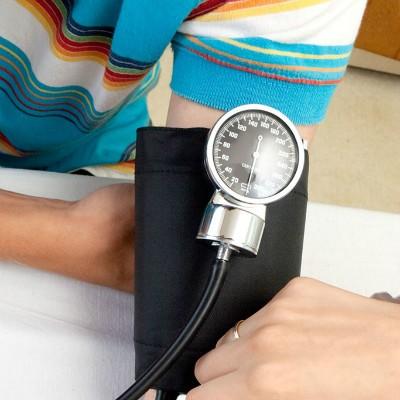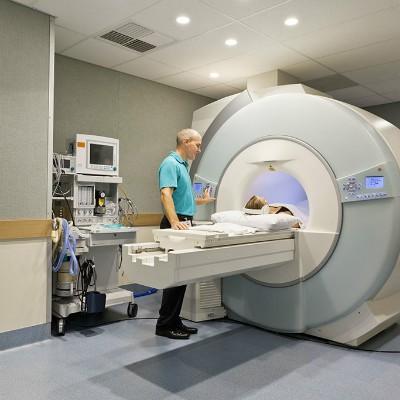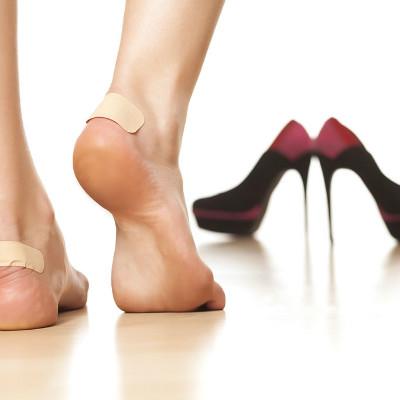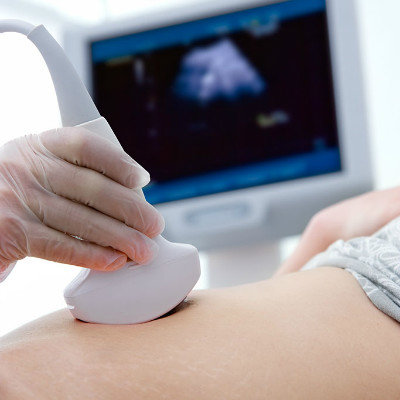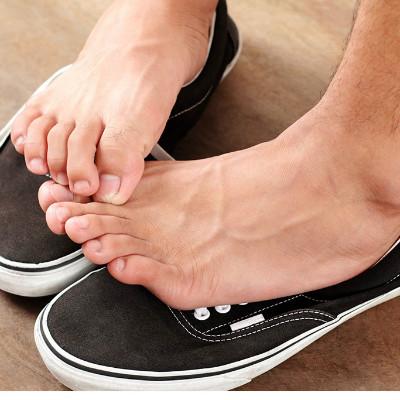Clinical symptoms of horseshoe kidney?
summary
The upper pole or the inferior pole of both sides of the kidney are fused into horseshoe kidney, the incidence rate is 1/500 to 1000, and the ratio of male to female is 4:1. Horseshoe kidney occurs at the early stage of embryo, which is the result of the fusion of two kidney embryos squeezed tightly between the umbilical arteries. This disease was first discovered by decarpi in 1521 autopsy. Botallo (1564) described it comprehensively and illustrated it. Morgagni (1820) reported the first case of horseshoe kidney with complications. Now let me talk about the clinical symptoms of horseshoe kidney?.
Clinical symptoms of horseshoe kidney?
First, some patients can be asymptomatic. Most of the patients developed symptoms due to compression of nerve plexus, blood circulation or ureter. There are abdominal, umbilical or lumbar pain, chronic constipation and urinary symptoms, such as chronic nephritis, pyelitis, hydronephrosis and stones. Hydronephrosis can occur in 80% of cases.
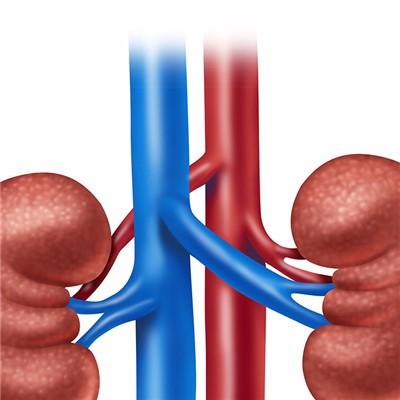
Second, after 4-6 weeks of embryonic development, the kidney tissues are close to each other, at this time, many factors can lead to the fusion of the lower pole. A slight change of the umbilical artery or iliac artery can cause the direction of the kidney to change, which leads to the fusion of the two kidneys. Regardless of the formation mechanism, renal fusion always occurs before rotation, so the kidney and ureter often face forward.
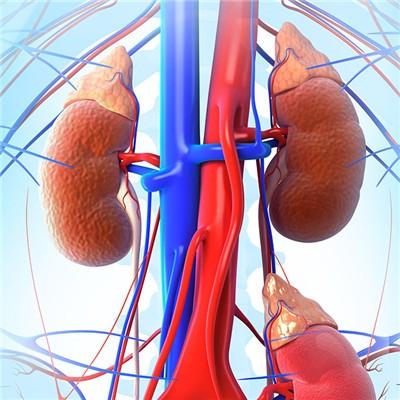
Third, urography can make a definite diagnosis. The most obvious sign is that the lower calyces points to the midline, the upper end of the long axis of the calyces is outward, the lower end is inward in an inverted "eight" shape, and the ureter is close to the midline.
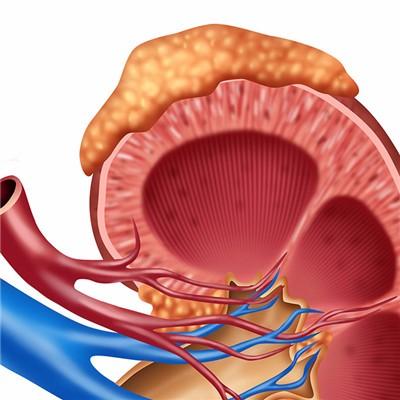
matters needing attention
The signs are clear and the diagnosis is not difficult. Generally, there is no need for differential diagnosis. The occurrence rate was 1% ~ 3%. Horseshoe kidney is not as terrible as you think. Give yourself some confidence.
